Fantasy Genetics Is The Most Important, And Worst, Science In Game Of Thrones
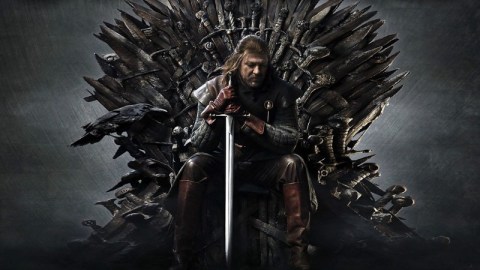
Who should sit atop the iron throne? Let your DNA decide.
Here on Earth, we hold one important truth to be self-evident above all others: that all humans are created equal. There may be important genetic differences between individuals, but wide variations in these traits ensure a resilience against any one specific weakness being fatal to our species. While certain genetic combinations may provide advantages or disadvantages under specific environmental conditions, the idea that there is an “objectively best set” of genetics has no scientific merit.
This is not true in the fantasy world of Game of Thrones. Only by the grace of the genes you were born with do the possibilities arise that you could ride a dragon, become immune to fire, or experience a certain type of regal madness. Each of the great houses might have its own particular set of characteristic traits, leading to a world where genetics — not the content of someone’s character — determines their status in the world.
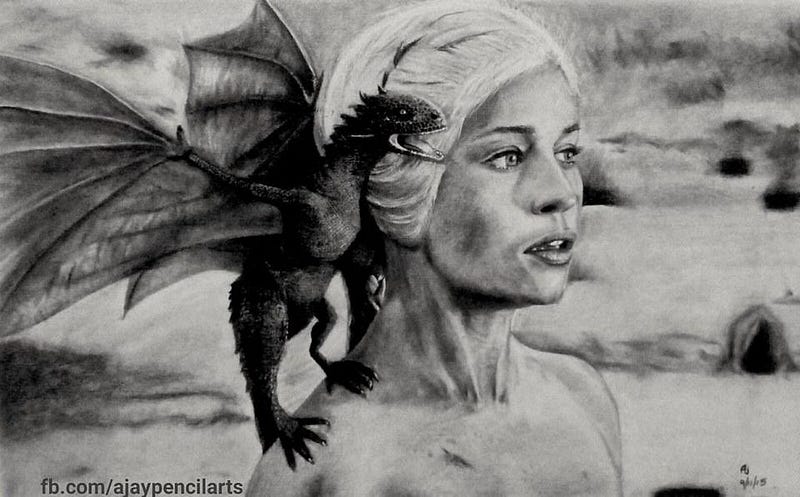
Early in the show, we all became well-acquainted with the dark-haired King, Robert Baratheon, and his golden-haired wife and children: the Lannisters. Although here, on Earth, there are many genetic factors that contribute to hair color, apparently the dark-haired Baratheon gene is so strong that Jon Arryn’s last words, “the seed is strong,” should have told everyone that Queen Cersei’s three children couldn’t possibly be of Baratheon lineage.
The way that simple genetics works — where one genetic marker, made up of contributions from both parents, determines the trait that the offspring possesses — could account for this.

What you need to keep in mind is that there are generally three possible outcomes when you have two parents contributing DNA to an offspring:
- homozygous dominant: where both genes confer a dominant trait,
- homozygous recessive: where both genes confer a recessive trait,
- and heterozygous: where the offspring has one dominant and one recessive trait.
In reality, genetics are often more complex than this. Sometimes there are many genes that contribute to a biological trait. Sometimes there are more than two possible genes. Sometimes genes are codominant or incompletely dominant, rather than full-on dominant or recessive.

But whenever you have two parents, you typically have, for any gene, at least two possible alleles: “A” for the more dominant trait, and “a” for the more recessive trait. This means that any individual specimen can have three possible genetic combinations for that trait : AA, Aa, or aa.
If all of the Baratheons have AA genes, then they’ll always contribute an “A” allele to their offspring. If all of the Lannisters have aa genes, then they’ll always contribute an “a” allele to their offspring. If you see three Baratheon-Lannister kids, and they all have blonde hair (and an aa genotype, as a result), then that tells you that either the Baratheons could be Aa instead of AA, or that these aren’t Baratheon kids, after all.
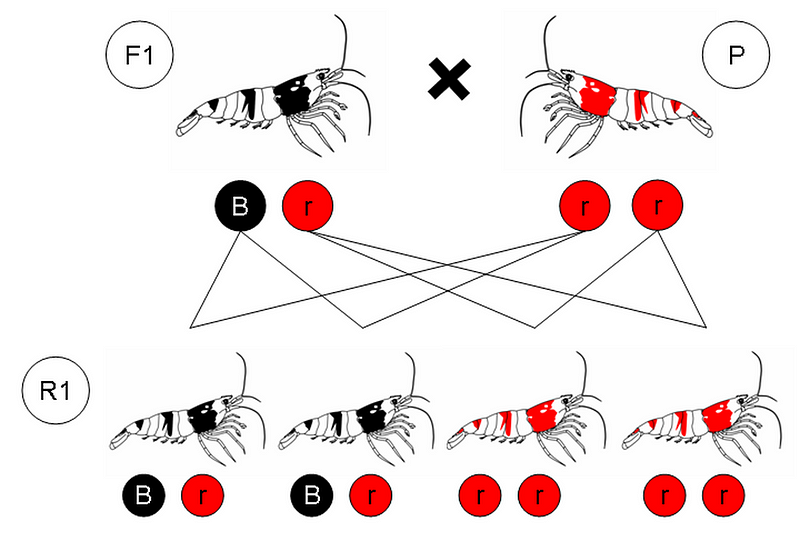
What you must understand about genetics is that there are three general ways they translate into evolutionary advantages or disadvantages.
- Homozygous recessive genes are selected against, as in Tay-Sachs disease. Individuals who are AA or Aa are fine, but if two Aa individuals mate and produce an aa offspring, it will die.
- Heterozygous traits are selected against, as is the case for the False Wanderer butterfly. Individuals who are AA or aa can successfully mimic another species of butterfly which is toxic to predators, and therefore they survive. Aa individuals, however, have their own hybrid appearance, and are easily hunted down.
- Heterozygous traits confer the benefits of both alleles, while protecting against the drawbacks of either. The classic example is that of malaria and sickle-cell anemia. AA individuals will develop sickle-cell anemia, but are highly resistant to malaria. aa individuals don’t have sickle-cell, but have no resistance to malaria. Aa individuals, though, both have some malaria resistance and no sickle-cell anemia symptoms.
That last possibility is, far and away, the overwhelming way that genetics works on Earth, and this has some important biological lessons.

Known as the heterozygote advantage, the majority of genetic traits in humans and other living creatures tend to favor Aa individuals. In many cases, they have traits that AA or aa individuals cannot, and display a higher relative fitness than either of the homozygote groups. It is why — as the Free folk (or Wildlings) tell Jon Snow — that they need to mate outside of their family/group: to increase their genetic diversity.
This is such an important biological fact on Earth that we have a colloquial term for it: hybrid vigor, where the biological (heterozygous) offspring of two parents with differing (often homozygous) biological traits wind up having increased functions over either of the parents. It is also a way to counter the negative effects of inbreeding, which reduces genetic diversity and results in more recessive traits manifesting themselves, owing to the genetic similarity of the parents.
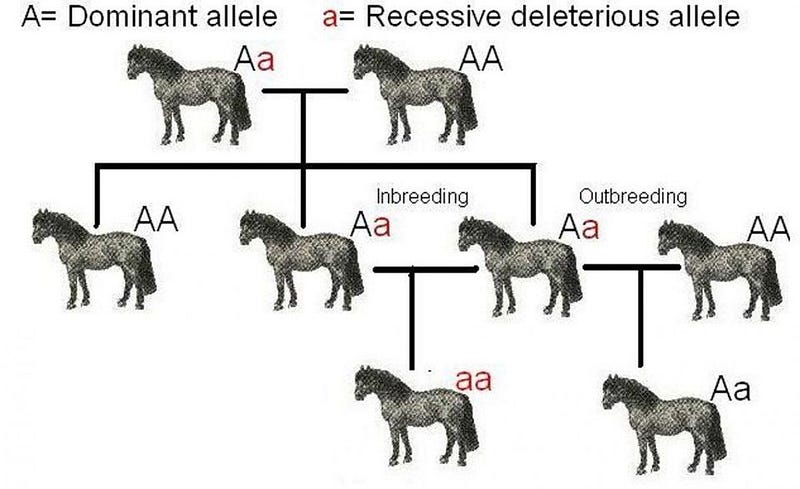
But this idea is how genetics works conventionally on Earth, with outbreeding leading to genetic advantages and inbreeding leading to a depression in the survival rate of the offspring. (If you’ve ever kissed someone and noticed that their kiss tasted foul to you, it may be a marker of a too-similar genetic makeup to your own.)
This is the one way in which the Game of Thrones world defies science in a way that:
- unpredictable seasons,
- fire-breathing dragons,
- resurrecting/reanimating the dead,
- or even magic in general,
does not. The fantasy genetics of Game of Thrones instead offers the idea that there are no negatives to inbreeding, and that it offers the advantage of the possibility of developing superpowers, which somehow only hide in the recessive corners of our DNA.

If you’re a Stark, you have a natural resistance to the cold. You have a special bond — a sort of animal affinity — with wolves and direwolves. And maybe, as was the case with many Starks (although, it’s often involved outbreeding, too), perhaps you’ll be able to warg into others and be able to see through space and time.
But the idea of a “genetic purity” shows up most strongly with the Targaryens. A Targaryen with the right genetic qualities can communicate with dragons and even ride them. The right genetic traits can cause a Targaryen to be immune to heat, fire, and dragon breath, which Daenerys has demonstrated multiple times and may have led to Jon Snow surviving his encounter in The Long Night with the dragon Viserion. The idea of keeping the bloodlines “pure and strong” results in recessive traits sometimes coming through: violet eyes, silver hair, and, infamously, a special type of madness.
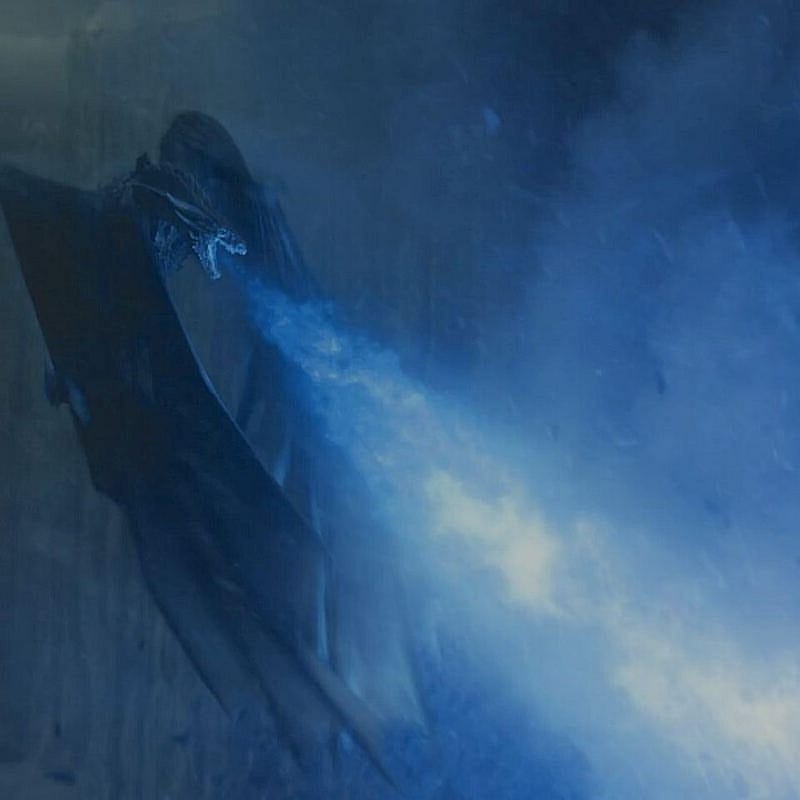
All of this sets up a world where the most genetically pure members of the most powerful race — the Targaryens — have a righteous claim to rule the seven kingdoms. But this is a white supremacist’s ideal view of genetics, not a lesson in how genetics actually works.
In reality, race is not a biologically meaningful category.
In reality, genetic diversity increases biological fitness among humans, rather than diluting it.
In reality, inbreeding poses a dizzying array of potential inherited disorders, including blindness, hearing loss, schizophrenia, decreased fertility, immune disorders, Grave’s disease (prevalent in Ptolemaic Egypt), and lantern jaw (which disproportionately afflicted the inbreeding-rich Habsburg house in Europe).
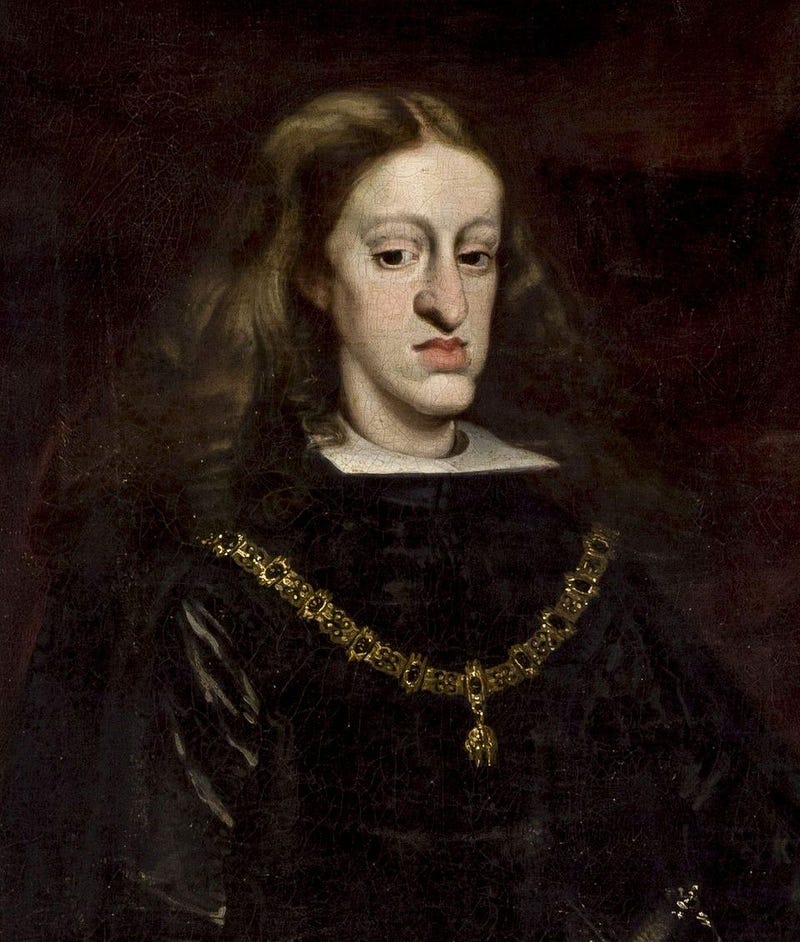
These genetic disadvantages would become catastrophic very quickly if the world of Game of Thrones were real. The worst offenders would be Craster, who kept siring children and giving the sons to the White Walkers while continuing to breed with the daughters, and Walder Frey, who bred with his wives, daughters, granddaughters, and (likely) his great-granddaughters.
This would be a genetic disaster here on Earth. There is only a small (less than 1%) amount of genetic material that varies from human-to-human, and this is the DNA that all genetic variation is based on. Between parents and children, 50% of that DNA is the same, as it is between siblings. Grandparents have 25% of their DNA in common with their grandchildren, while great-grandparents have 12.5% in common with their great-grandchildren. After 10-to-12 generations, the amount that an ancestor has in common with a descendant is about ~0.1%: the same amount that unrelated strangers typically have.

But if you pull a Walder Frey and mate with your wife, producing a daughter, and then mate with that daughter, and then that daughter’s daughter, and so on, those percentages change dramatically.
- Walder Frey’s daughter has 50% of her nominally-different DNA in common with Walder.
- If Walder mates with her, their offspring will have 75% of her DNA in common with Walder: the same percentages that Cersei and Jamie Lannister’s children have in common with each of them.
- If Walder mates with his granddaughter, their offspring will have 87.5% of that DNA in common with Walder.
- And if Walder then mates with his great-granddaughter, their offspring has 93.75% of their DNA in common with Walder.
This is not simply a genetic disaster, it’s a virtual guarantee that an inordinate number of these offspring will be non-viable, done in by the deleterious recessive traits brought to the forefront.

The reality is that inbreeding within a group decreases the genetic fitness of humans, while outbreeding increases it. There is no evidence that a few recessive traits that we artificially value for largely-cosmetic purposes — such as eye, hair, or skin color — offer evolutionary advantages. On the contrary, keeping a bloodline genetically pure is one of the worst things you can do if your goal is to increase the survivability of your offspring.
While many of the most diehard Game of Thrones fans out there will either be “Team Dany” or “Team Jon” (or maybe even “Team Cersei”) when it comes to the iron throne, the best scientific choice would be for none of them. If the hope is for the genetic fitness of future generations, may they leave the idea of races and great houses behind. Here on Earth, may we be wise enough to do the same.
Ethan Siegel is the author of Beyond the Galaxy and Treknology. You can pre-order his third book, currently in development: the Encyclopaedia Cosmologica.





